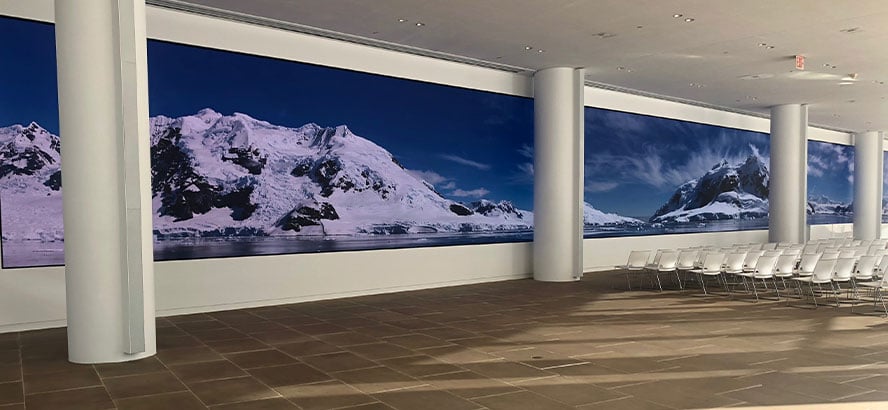Innovative Methods to Enhancing Untethered Linkage Systems for LED Display Screens.
Wiki Article
Untethered connectivity technologies for LED wall panels have transformed the way we utilize visual displays in diverse environments, such as concerts, conferences, and advertising. These units, known for their vibrant colors and high clarity, rely heavily on strong wireless connections to function optimally. As technology continues to advance, innovative approaches are being engineered to optimize these wireless frameworks. This article will examine some of the latest strategies aimed at improving wireless connectivity for LED wall displays.

One notable approach to improving wireless connectivity is the use of next-generation antenna systems. Antennas play a critical role in sending and capturing signals between devices. By utilizing adaptive antenna arrays, which can adapt their orientation and focus based on the environment, engineers can significantly improve signal integrity and reliability. This adaptability helps reduce disruption from other electronic devices and obstacles, leading to sharper video output and more stable link performance for LED wall displays.
Another innovative approach entails utilizing mesh network architectures. Unlike conventional wireless setups that rely on a single access point, mesh systems consist of multiple connection points that work together to extend the internet connection over a larger area. This structure guarantees that LED wall panels receive a steady signal no matter their placement. In venues like stadiums or large event centers, where physical barriers may disrupt signals, mesh technologies provide a more reliable solution by maintaining signal integrity even in crowded areas.
In addition, incorporating edge processing into wireless connectivity can enhance efficiency for Light Emitting Diode wall displays. led wall panel backlit Edge computing enables data handling to occur near the source of data origination rather than depending entirely on centralized cloud infrastructure. By analyzing data at the edge of the Luminescent Diode wall panels, the system reduces latency, resulting in faster response times and smoother video playback. This development is especially advantageous for use cases that demand real-time updates or interactive functions, making visual displays more immersive for viewers.
Lastly, leveraging new communication protocols can also improve wireless connectivity for LED wall panels. Protocols such as 802.11ax and fifth-generation wireless offer enhanced bandwidth and faster data throughput compared to earlier standards. These advancements enable multiple units to connect concurrently without compromising performance. As Luminescent Diode wall displays are often used in conjunction with other smart devices, implementing these advanced protocols ensures that all components can communicate effectively, leading to an significantly improved user interaction.
To summarize, the advancement of wireless communication technologies for Light Emitting Diode wall displays is essential as technology continues to evolve. Through developments such as intelligent antennas, mesh networking architectures, edge computing implementation, and new data transmission standards, producers can provide better performance and stability. These approaches not only enhance the capabilities of Luminescent Diode wall visit this web-site panels but also enhance the visual displays they offer across various applications. As these technologies develop further, audiences can anticipate even more cutting-edge visual presentations in the future.